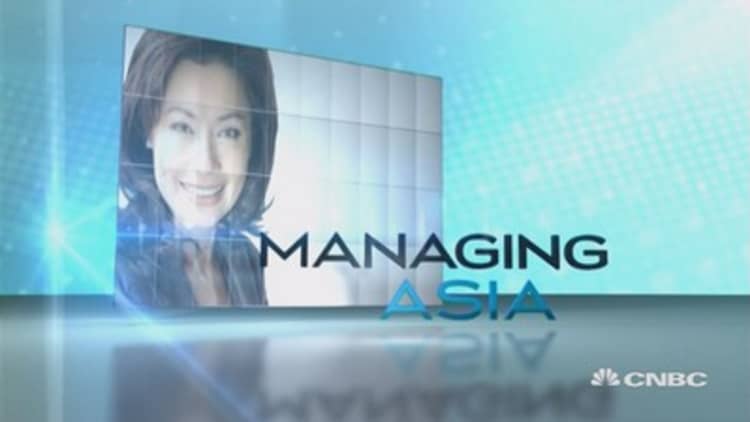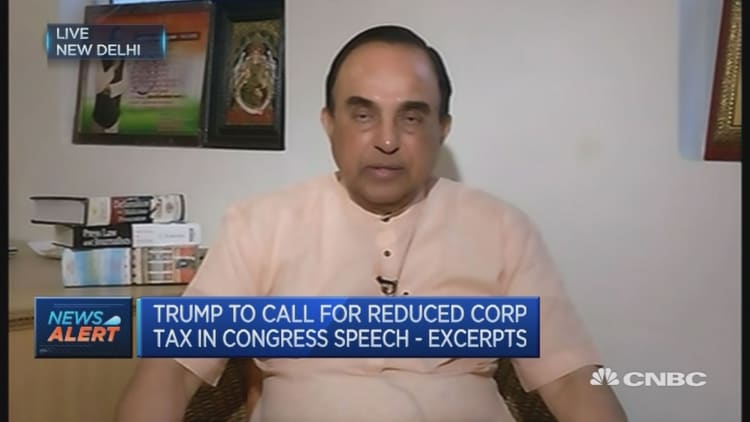
India's largest bank was blindsided by Indian Prime Minister Narendra Modi's demonetization drive with daily business severely disrupted, the head of the lender said, but the outcome sees economy returning to "normalcy," and a surge in deposits from the cash swap has given more room on lending.
"When we found out that 86 percent of the currency had been demonetized, … the sheer size of the task was intimidating. On top of that, remember we had no arrangements ahead of time," Arundhati Bhattacharya, chairwoman of the State Bank of India (SBI), told CNBC's "Managing Asia."
On Nov. 8 last year, India implemented a shock currency swap that required all 500 and 1,000 rupee notes be exchanged for new tender in 500 and 2,000 rupee denominations by the end of 2016. Nearly all transactions were handled through the banking system to meet the deadline.
That put the spotlight on state-owned SBI as the top lender and with a footprint that stands to become even larger if it succeeds in a planned merger with five of its associate banks.
"(Demonetization) caught the entire system off guard … We had just 24 hours in which to set up exactly the processes by which we could do this – move cash around the country, ensure that there were enough counters for people to come in and get their money exchanged, get our own people trained on how these things would be done. So a huge amount of activity," Bhattacharya said.
Access to cash was restricted during the swap and and there were complaints the drive impacted the poor disproportionately. But Bhattacharya said the initial shocks of demonetization were gradually wearing off and the Indian economy was "very close" to returning to "normalcy."
"I won't say it is 100 percent but mostly, I think things have come back and if you look at the amount of revenues that many of the companies are getting, many of them are quite surprised at the very sharp V-shaped recovery they've seen," Bhattacharya said.
Discretionary spending might have decreased during the period, but this was because of the absence of a "mode of exchange" rather than diminished demand, Bhattacharya explained. "Once the mode of exchange came back in, the demand has picked up again," she added.
The positive sentiment was reflected in better-than-expected Q4 GDP figures released Wednesday that showed a 7 percent growth rate for the quarter, although some experts cautioned against prematurely celebrating the beat.
Going forward, the SBI chairwoman said she believed India would bounce back as the world's fastest growing economy "in another two quarters time."

"(Demonetization) was a temporary setback and if you consider the long-term benefits, then I think that definitely outweighs the temporary setback we have had," Bhattacharya said.
One segment of SBI's business that was impacted in a good way was the surge in deposit inflows received as people rushed to put their money in banks, inadvertently causing SBI's funding base to sharply increase.
"In my entire career, I have never seen this kind of deposit flow. We were growing at something like 8 to 10 percent. Suddenly, we were growing at 22 to 25 percent, which is huge. We've also seen that the amount of money flowing out once these curbs have been lifted … (but) at least 60 to 65 percent is still in the bank. So to that extent, lendable resources have definitely gone up," Bhattacharya said.



